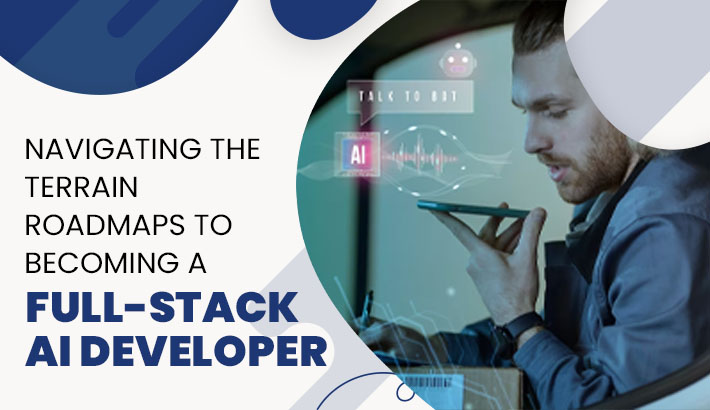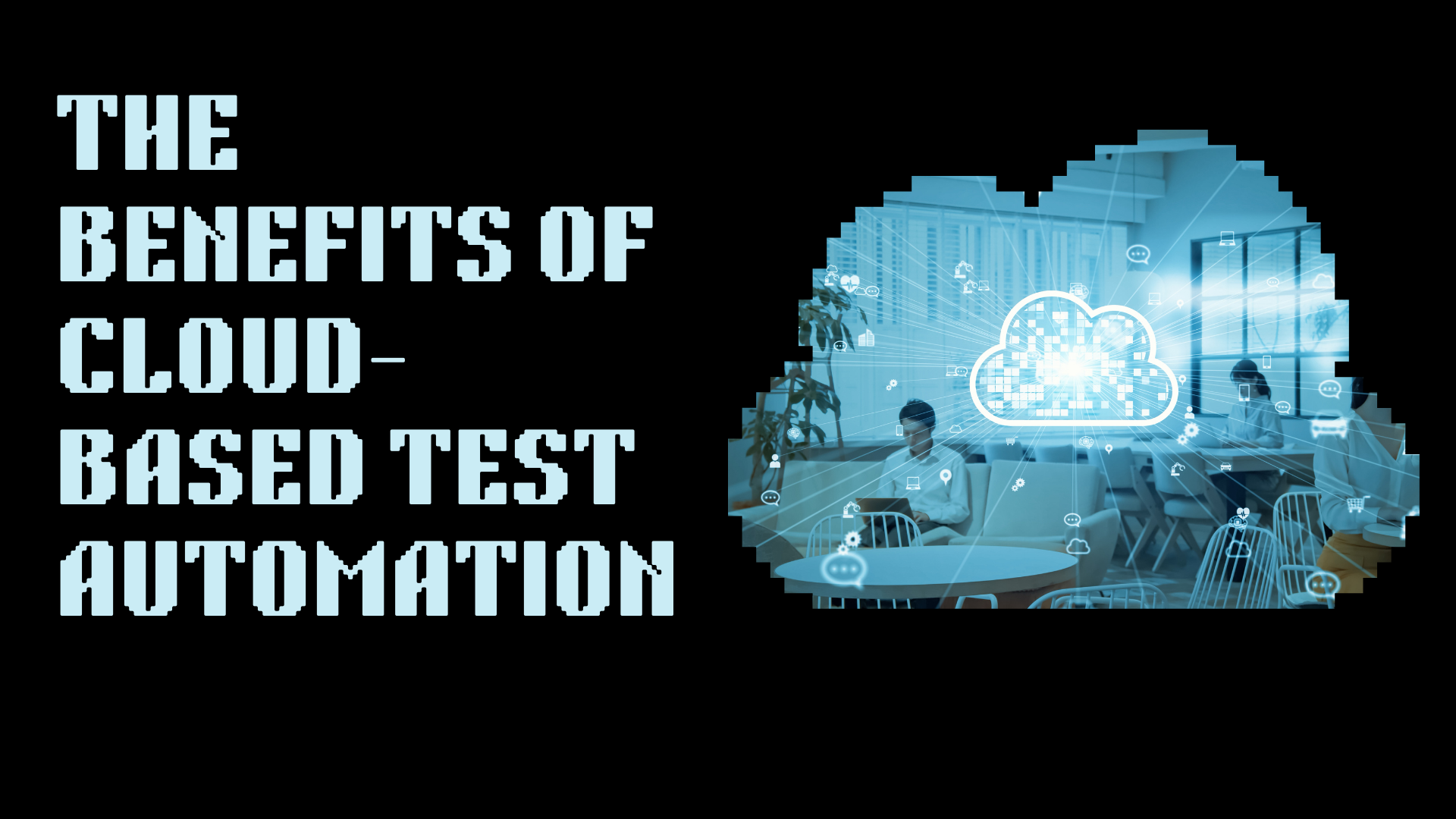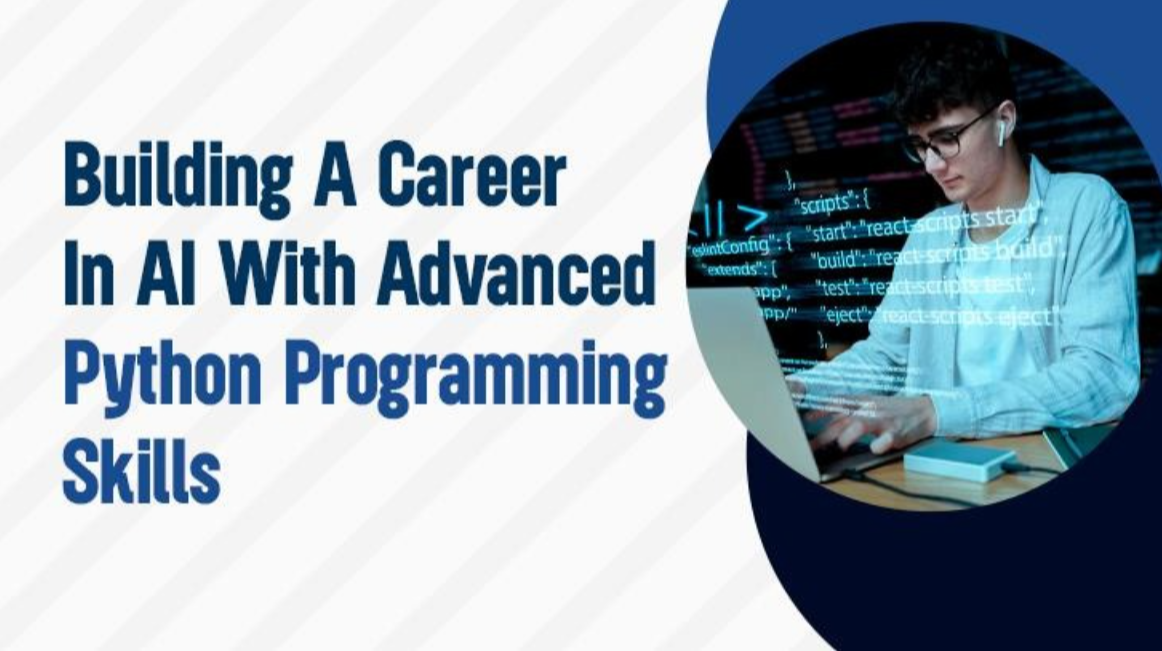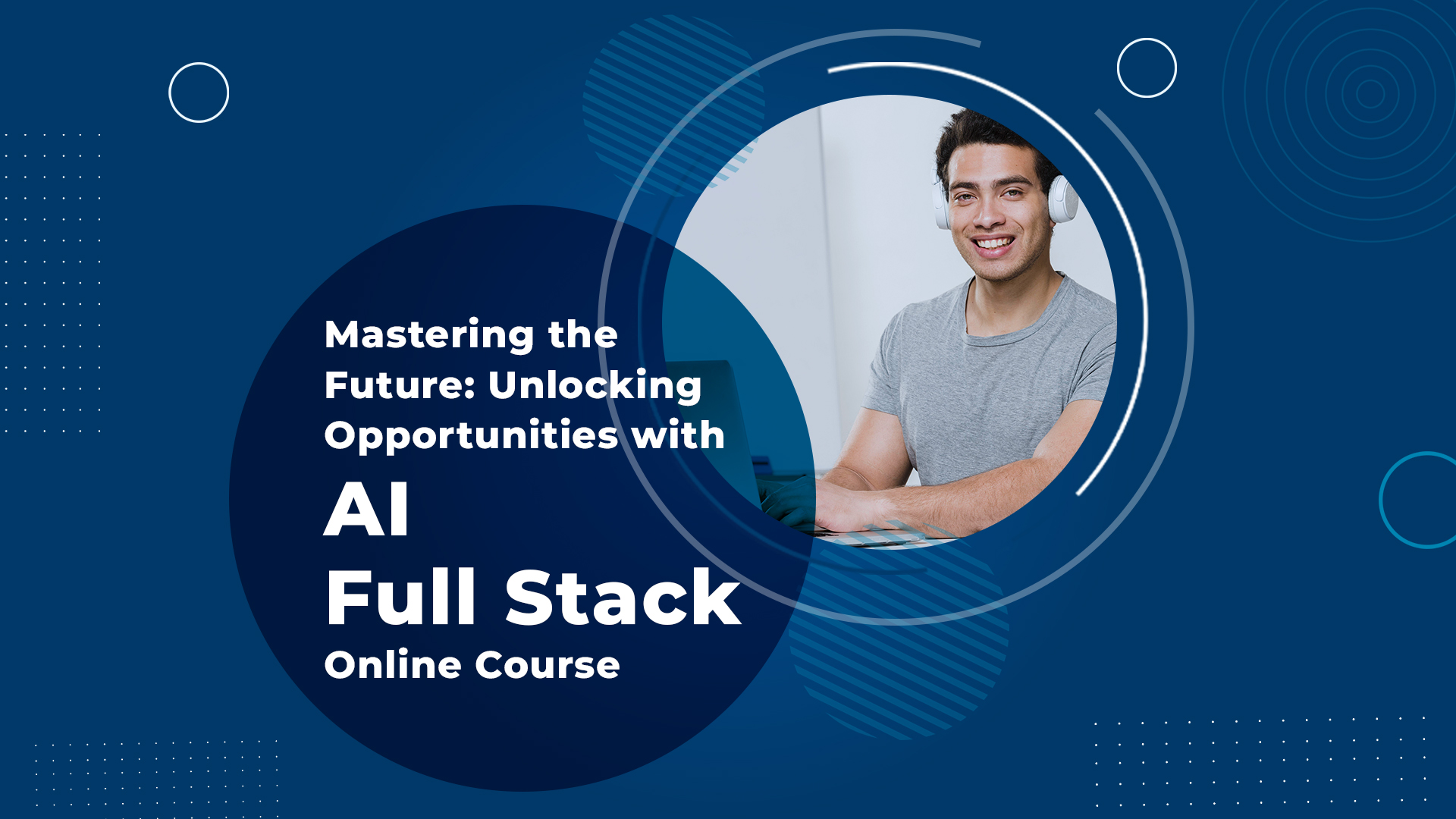In the ever-evolving landscape of technology, artificial intelligence
(AI) stands as a beacon of innovation, driving transformative changes across industries. As businesses increasingly embrace AI solutions, the demand for skilled professionals who can navigate the complexities of both front-end and back-end AI development is on the rise. In this blog, we will explore the roadmaps to becoming a full-stack AI developer, providing a comprehensive guide for aspiring individuals ready to dive into the world of intelligent systems.
Laying the Foundation: Master the Basics
-
Before embarking on the full-stack AI journey, it's crucial to build a strong foundation in programming languages, data structures, and algorithms. Proficiency in languages such as Python, Java, or C++ is essential, as they form the backbone of AI development. Additionally, understanding key concepts in mathematics, statistics, and linear algebra is vital for grasping the underlying principles of AI algorithms.
Front-End Development: User Interfaces for AI
-
Full-stack AI developers should be adept at creating intuitive user interfaces that interact seamlessly with AI models. Learn front-end technologies such as HTML, CSS, and JavaScript, and gain hands-on experience with popular frameworks like React or Angular. This knowledge will enable you to design user-friendly interfaces for AI applications, making them accessible to a broader audience.
Back-End Development: The Engine Room of AI
-
Dive into the back-end development realm, where the magic happens. Explore server-side technologies, databases, and cloud platforms. Acquaint yourself with frameworks like Flask or Django for building robust back-end systems that can handle the computational demands of AI algorithms. Understanding RESTful APIs and server architecture is essential for creating scalable and efficient AI solutions.
Machine Learning and Deep Learning: The Heart of AI
-
Develop a deep understanding of machine learning (ML) and deep learning (DL) concepts. Start with traditional ML algorithms and gradually progress to more advanced techniques like neural networks and convolutional neural networks (CNNs). Familiarize yourself with popular ML libraries such as Scikit-Learn and TensorFlow, and gain hands-on experience in training and deploying models.
Natural Language Processing (NLP) and Computer Vision: Specialized Skills
-
As a full-stack AI developer, consider specializing in areas like natural language processing (NLP) and computer vision. NLP involves understanding and processing human language, while computer vision focuses on enabling machines to interpret visual information. Acquiring expertise in these domains will broaden your skill set and open doors to diverse AI applications.
Integration and Deployment: Bringing AI to Life
-
Learn how to integrate AI models into your applications and deploy them to production environments. Explore containerization tools like Docker and orchestration tools like Kubernetes for seamless deployment. Understand the importance of version control and collaborative development practices to ensure the reliability and maintainability of your AI systems.
Continuous Learning and Community Engagement
-
AI is a dynamic field that constantly evolves. Stay updated on the latest trends, research papers, and advancements in AI by participating in online forums, attending conferences, and joining AI communities. Engage in collaborative projects, contribute to open-source initiatives, and build a portfolio that showcases your skills and expertise.
Becoming a full-stack AI developer is a rewarding journey that requires dedication, continuous learning, and a passion for solving complex problems. By mastering the fundamentals, exploring front-end and back-end development, delving into machine learning and specialized AI domains, and embracing a mindset of lifelong learning, you'll be well-equipped to navigate the exciting and ever-expanding realm of full-stack AI development. Good luck on your journey!





Leave a reply